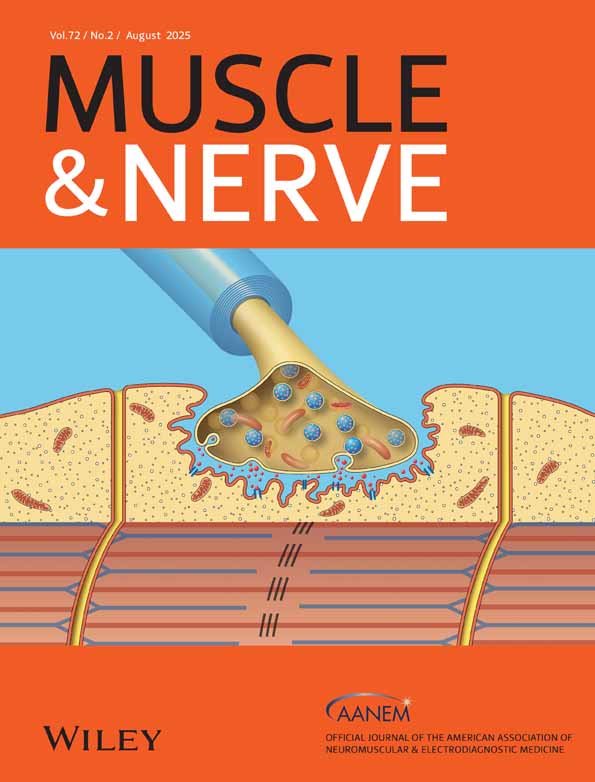Educating the Next Generation of Neuromuscular and Electrodiagnostic Practitioners: Challenges and Opportunities
This material was presented at the American Association of Neuromuscular and Electrodiagnostic Medicine (AANEM) 2024 Annual Meeting, Savanah, GA. October 16, 2024.
ABSTRACT
Today's neuromuscular (NM) and electrodiagnostic medicine (EDM) trainees learn very differently from those of times past. There are a variety of new tools available to them, with nearly ubiquitous access to information, technology, and social media, along with high expectations regarding immediate access to information. At the same time, they require assistance honing their reflective and critical thinking skills. Educators are encouraged to develop explicit goals of training and to consider new teaching methods such as the flipped classroom and the one-minute preceptor. Use of humor in education, when appropriate, can help with information retention and managing stress and emotion in the healthcare team. Despite inherent barriers, educators need to fail learners who do not meet expectations to benefit both learners and patients. Self-assessment examinations (SAEs) can provide very valuable feedback for both individuals and programs, as well as the field. Those who perform poorly on SAEs have a low chance of passing a subsequent certification examination. Performance on the electrodiagnostic SAE improves with increasing numbers of patient studies, not leveling out until roughly 300–400 studies have been completed; this suggests a possible benchmark for training. Poor performance on initial certification examinations is strongly correlated with the risk of subsequent state medical board disciplinary action; such individuals will want to make a special effort to stay informed and up to date. After initial certification examinations, ongoing longitudinal assessment programs can combine formative and summative assessments for both learning and certification.
Conflicts of Interest
The author declares no conflicts of interest.
Open Research
Data Availability Statement
Data sharing is not applicable to this article as no new data were created or analyzed in this study.




